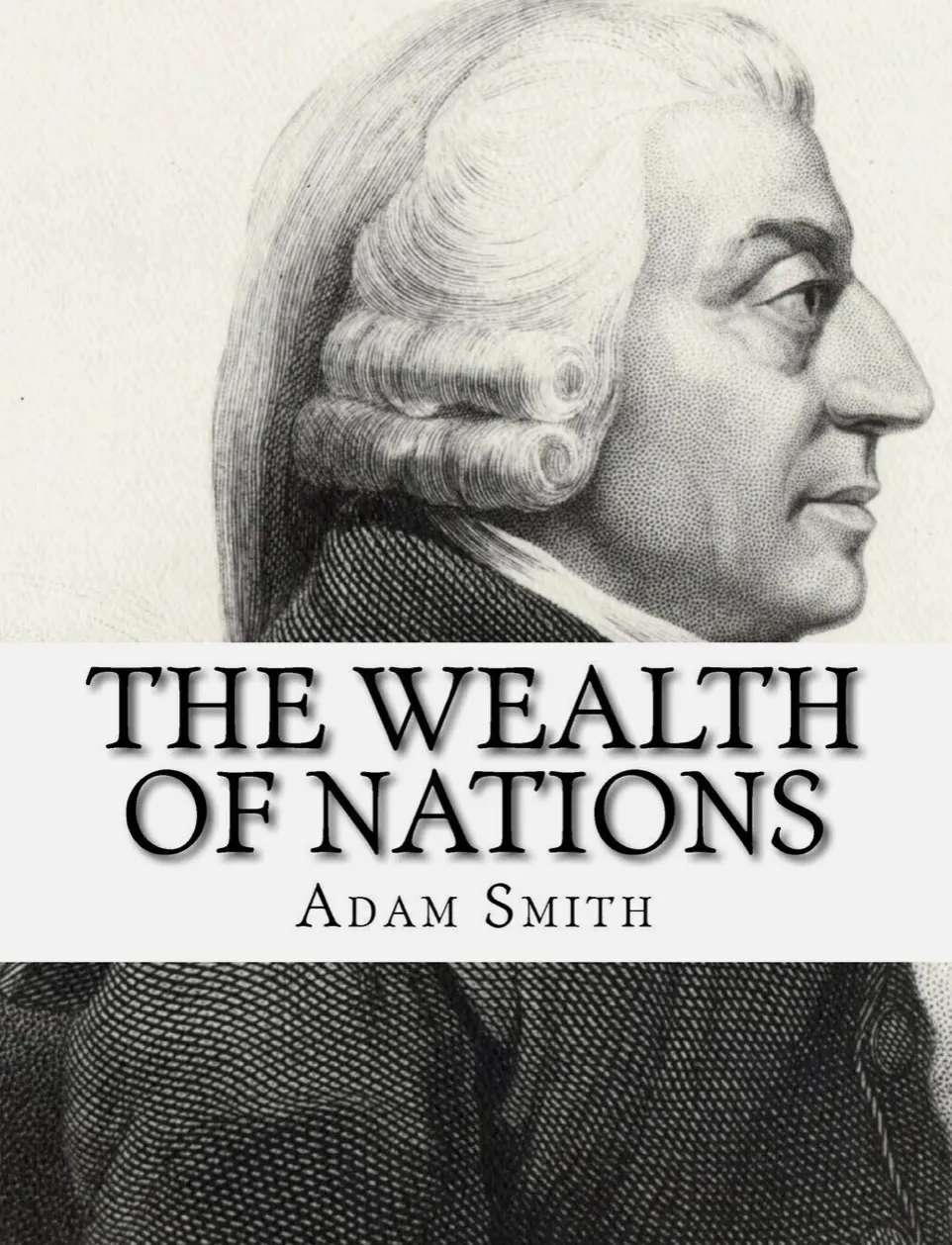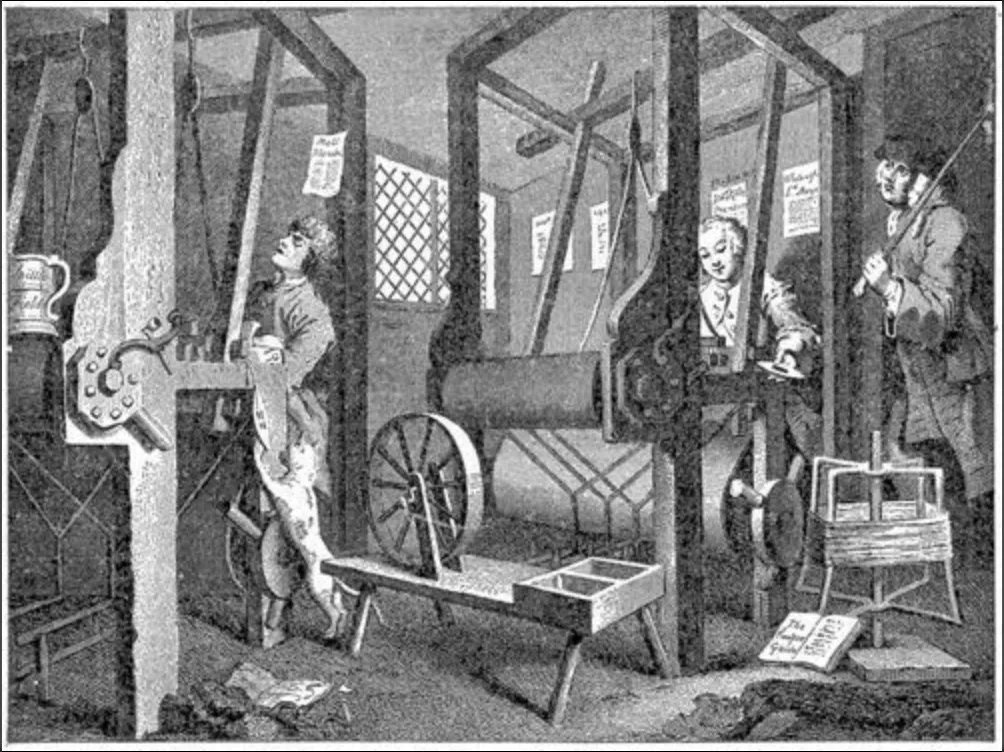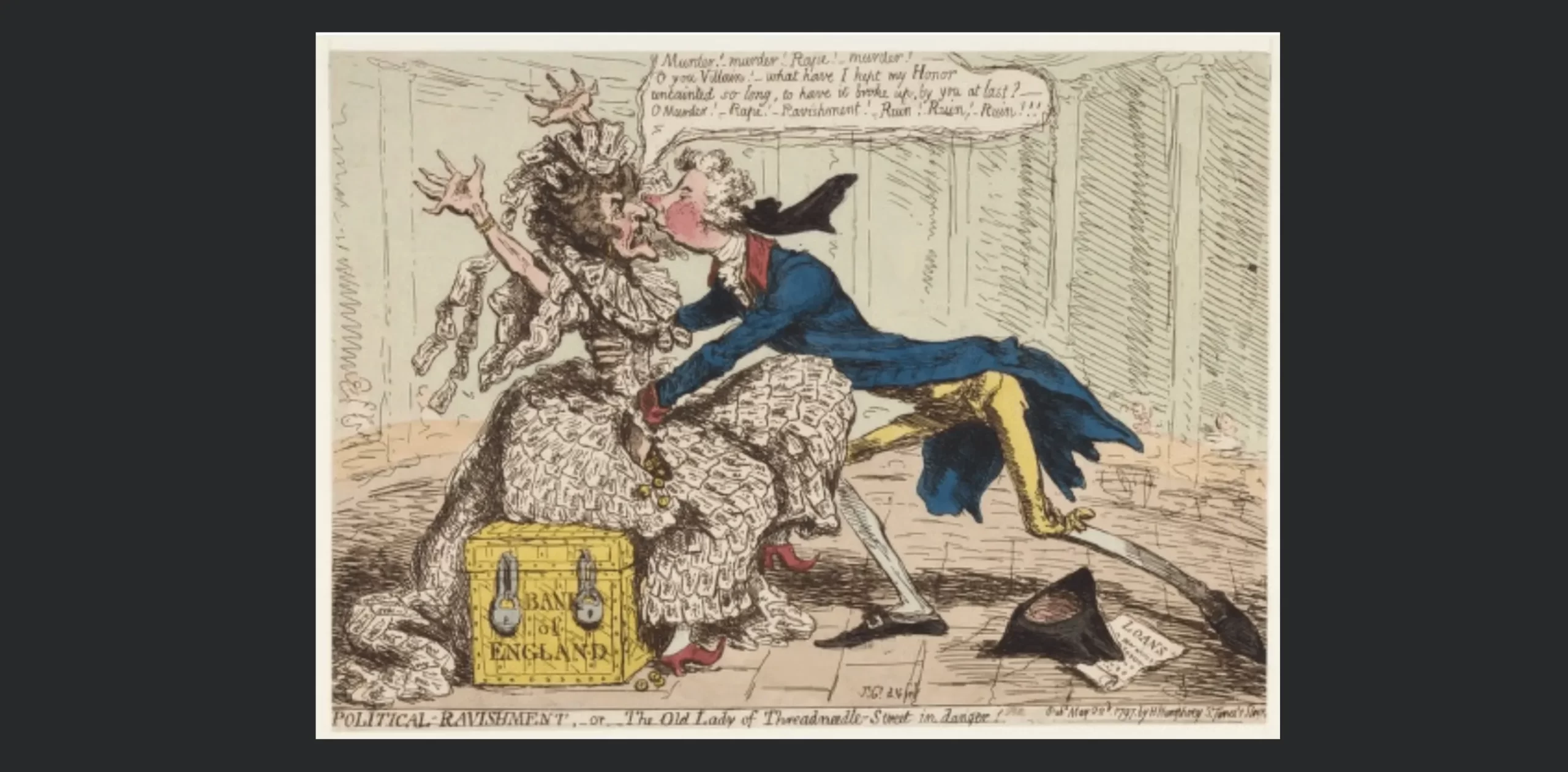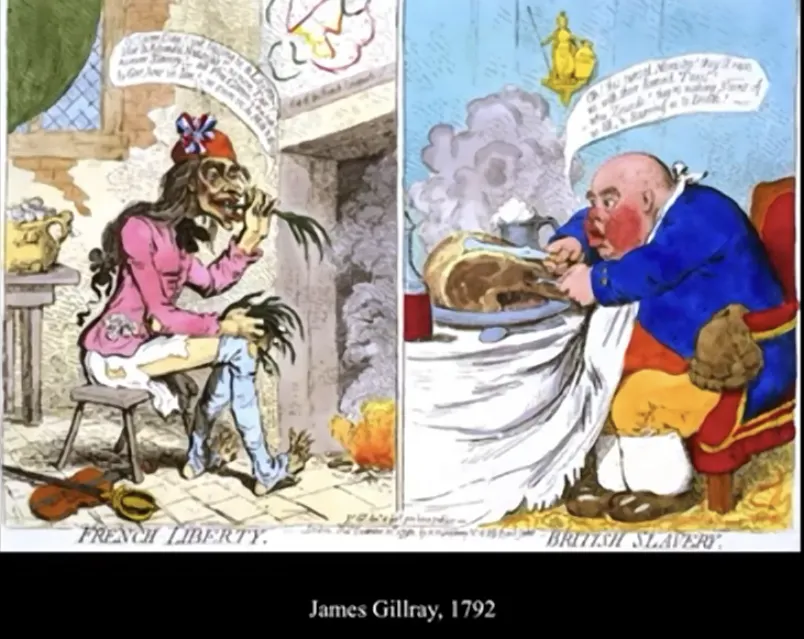Inflation
It is easy to become confused when learning about inflation.
Inflation is often used in the media to discuss the increase in the prices of everyday goods, a phenomenon many of us are witnessing right now.
Wikipedia references inflation to mean the increase in prices over time.
Our politicians measure inflation based on the increase in the price of a basket of goods.
When economists discuss inflation, however, they often mean something entirely different. The definition will usually vary depending on the school of thought they are referencing (see here), so the subject can become quite confusing.
Much of the confusion arises from the fact that the world has been operating with a fiat currency for over one hundred years now. So, other dynamics, such as supply, demand, and employment, have entered the conversation when describing inflation.
I recently gave a talk on why Bitcoin solves the problem of poverty (see below) at our recent event in Nottingham – The Bitcoin Fest.
During that talk, I needed to explain the difference between inflation & deflation.
To be more explicit on this subject, we need to go back to when bank notes represented the amount of gold held on our behalf by a bank.
Banking
Many consider Adam Smith to be the father of economics. He authored the book The Wealth of Nations, published in 1776. In it, he praised the banks for managing the exchange of gold and silver via bank notes. Smith argued that by doing so, the banks eased significant friction in the ability to trade, given that metals were difficult to store and move around. He concluded that their role ought to be encouraged.

In Bitcoin & Banking, I argue that the introduction of the banking network in the UK following the establishment of the Bank of England in 1694 was responsible for the First and Second Industrial Revolutions.
The availability of banks significantly improved the comparative ease with which businesses could conduct trade. Even today, historians puzzle over why England appeared ahead of everyone else in industry at this time – their banking network gave them this advantage.

The trust in the banking system became the secret to the success of the British Empire. With a currency people could trust, business transactions were reliable, and business relationships at home and abroad could flourish.
Trusting the banks to issue bank notes became necessary for successful business transactions. As is often the way with such things, it rapidly became impossible to transact in any other way, and not doing so was incredibly inconvenient.
Currencies
On the other hand, around the same time in France, their currency was in serious trouble following poor management due to the collapse of their central bank and the Mississippi Bubble in 1720. Ultimately leading to the French Revolution a few decades later, as I discuss here:
Once the French Revolution was over, Napoleon rose to power.
Napoleon made a point of paying his soldiers with gold coins, which inspired great loyalty in them. Before the re-establishment of a metallic standard for their money in France in 1797, the soldiers were used to being paid with worthless inflated paper Assignats.
Sign Up To The Newsletter!
If you have received this newsletter from someone else or seen it on Social Media, consider subscribing and receiving the next one directly in your inbox.
We don’t charge for the most recent post on the website, so subscribing will notify you when the latest one has been published.
Receipt of the newsletter is FREE, and you can unsubscribe at any time.
8 Comments
Comments are closed.



Great article. Very interesting and informative. Keep up the awesome work.
Thank you for the encouragement Chris!
Another great insightful article Victoria, thanks so much . Please keep up the great work you do..😎👍🏻
Thank you Pip, your encouragement keeps me going!
Great article, very informative
Thank you so much for engaging with my article, it is most appreciated!
Thanks, an insightful read. Nice, simplified explanation of deflation and the mutated money system.
Everything central planners try to do to help only further worsens matters. 2008 and the susbsequent bailouts (printing) shows the blatant disregard for the value of money + zero care for hard working, innocent people + zero care for value of life (wars).
Thank you Tom for your thoughtful comments, I totally agree about the central planners! Thank you for encouraging me in my work!